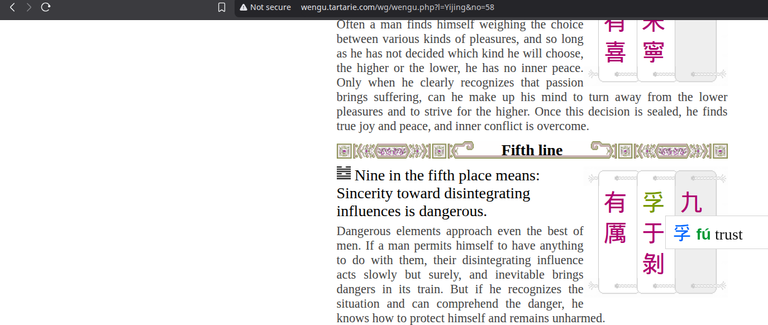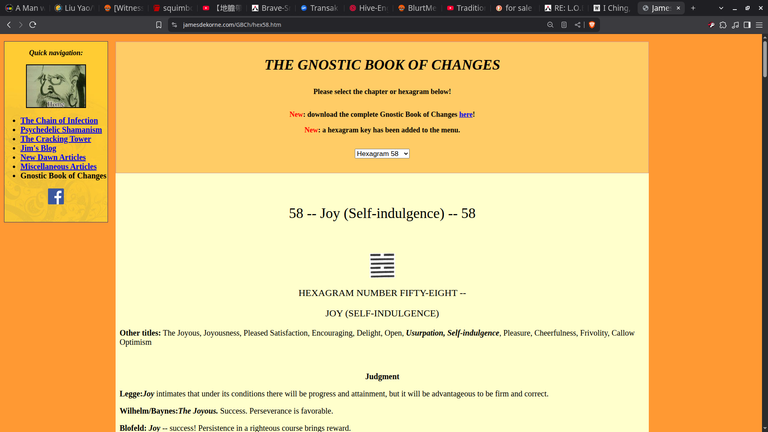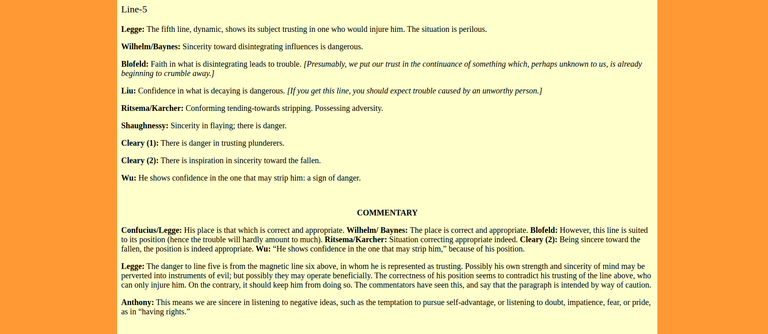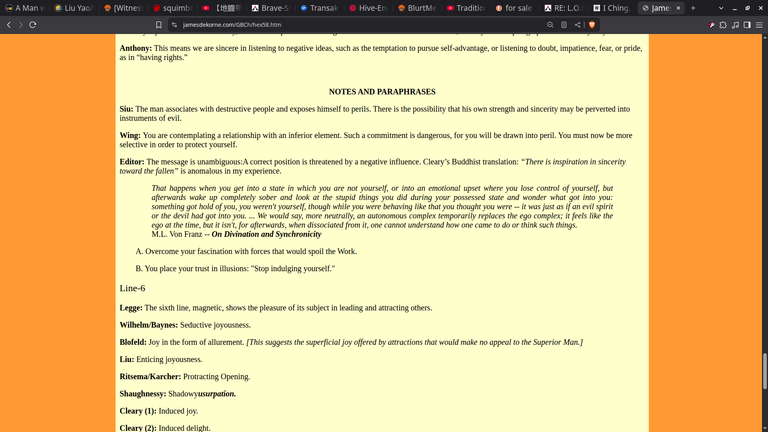RE: L.O.E.S - 4 - The Power Of A Name
You are viewing a single comment's thread:
hey VC, i've been looking into the Lingit culture
what a great culture it is, im looking for a book on the ways of the people and how your tribe used to live
Do you know whether the Tlingit peoples have a style of martial arts or weapons art? Or empty hands?
would it be safe to say that the Lingit peoples follow a tribal type style of living, how did the tribal infrastructure work? How did they teach the youngsters?
Is there any Tlingit poetry?
Can you speak the language?
What type of clothes did the peoples wear when you grew up?
Yes, Wabi Sabi is also very Buddhist, or very Japanese Buddhist. It's also very Zen in nature. It's very Japanese as the people honours all aspects of what is known in Mahayana Buddhism as "Conditioned Phenomena" (most oftened talked about in the lower vehicle tradition, the Theravada tradition, as well as in deeper sutras such as the Lotus Sutra which uses parables to expound on the "One Path, Many Skillful Means" to reach such a path (of Enlightenment), and in decay these spiritual practioners find Enlightenment - they find the secret to getting rid of original sin forever...in the world of original sin...very sublime mental and spirital mastery over the physical).
I showed you Wabi Sabi because of one of your hexagrams, i cannot remember which, i think it is hexagram 58 line 5 says "Reliance in Decay"; meaning "one in this position, in accordance with the qualities of the trigram DUI/LAKE/THE JOYUS, as well as the doubling of trigram DUI with itself, is reliable/dependable in times of decay"; also "one who finds reliance from others in times of decay"; also "reliance towards decaying influences will bring misfortune"; also "Giving one's full sincerity/trust/booty/loot/bounty/captives towards those with decaying influences (think people of power steeped in decadence, or trapped in hedonism, or still choosing to be/live in ignorant bliss) will bring danger/misfortune/bad juju).




(side note: hexagram 30 was derived from using the POST/LATER THAN HEAVEN SEQUENCE of the Bagua/Eight trigrams; this sequence pertains to the subject/VC moving into the world. Hexagram 58 was derived by using the EARLIER THAN HEAVEN SEQUENCE of the Ba Gua; this sequence of the trigrams pertains to what is happening AROUND the subject...in other words from the P.O.V of the world imposing onto the subject/VC)
It is really you my friend!
Thank you for being a custodian of the old world...i will be uploading a heartfelt message to the Gen Y later on; i recorded this message two nights ago in my kitchen whilst practicing Wing Chun.
Lets do our part in upholding old world relics, with their old world memories, for as long as we can. Gen Y's were the ones who caught the very very VERY last train of the old world. I look upon the next generation that came after and the one after that (Gen X and not sure what Gen it's called after that...Gen wimps? Rainbows? Momos?)
The Thunder people eh? If there were ever an ethnic cultural heritage that represents Thunder, it will have to be the people of the Native Tribes.
It's astounding to see that all cultures have a lineage in Tribalism and Shamanistic roots. It must have been a very lateral way of living and being....no hinderance of written language...ancestors learned from the 10,000 things around them (taking the sayings from Daoist Dao De Jing)...they understood the language of images, symbols, signs, portents and omens....and they retained the spirit of the peoples through various cultural secrets (whether in medicine, weapons arts, divine arts etc etc).
That's where the modern world has gone wrong. The severance of our Universal roots...forget cultural roots...i'm talking Universal. We ought to get Universal.
I would also like to introduce you to the trigram and hexagram of THUNDER (please skip to 15:47)
I really like ZHEN which is hexagram 51. It's next one of my favourite numbers 52...reminds me of a pack of cards minus the jokaz. And that is next to my favourite hexagram #53.
Hexagram 51 is often translated in English by the Confucian influenced tradition of the Yi (Yi means "change" in Chinese, romanized by the Confucian scholars as "I" pronounced "e" as in the letter; "Jing" means "classical works" or "the classics") as THUNDER. But it's original etymology of the Chinese word, which comes from the Bone Oracle symbol pictograph language, means EARTHQUAKE.
In Archiac Chinese the hexagram statement and line texts are very poetic. This is the only hexagram that has the word "thunder" in every line.
Since in the Confucian tradition of the Yi (they call it Yi + Jing or I Ching; Jing/Ching meaning "classic works" aka the TEN WINGS chapters supposedly penned by Confucius) the hexagrams are in terms of momentum, and since you read the hexagrams from base line to the top, each line represents (in the Confucian Tradition of the Yi), this also alludes to momentum building upon each line/momentum.
Hexagram 51 represents the sudden spark of life before creation. Hexagram 1 means Creation, but it is only able create the manifested world if there is a spark. Hexagram 51 is the spark.
The Thunder peoples, representing all our ancestors from all cultures, were gifted with ancient life relics in the form of traditions, heritage, cultural skills/knowledge/lifestyles. The people of Thunder all held a sacred duty, because they were born naturally gifted and connected with the Universe and the Divine...so a lot of the tribal ancestors were great sages, great custodians of this Earth. They are the Spark.
So it gives me solace in this ever increasing world of decay, there will always, without a doubt, be those who shall maintain these old world relics. They will never be snuffed out. They have a duty to pass on the Flame/Spark.
I am not a Tlingit, but many of my friends growing up were. The Tlingit have fully assimilated into Western culture, wear the same clothes, work at the same jobs, and live in the same neighborhoods and homes. There is a section of town where they are concentrated, the 'Indian Village' (or was when I was growing up, which was decades ago, now), and they also had a set of holidays pertaining to their culture. At the time I wasn't very interested in Tlingit culture, and what I was interested in many Tlingit teenagers were also, so we associated where there was common ground, and I didn't learn about the regalia they wore during their cultural celebrations. I learned very little, I should say, because I did learn their beadwork on their blankets was highly valued by collectors, their totem poles were some of most impressive anywhere, and they had an apprenticeship program for Tlingit youth who wanted to work in the traditional arts Tlingits maintained. They also traditionally had very skilled carpenters and constructed their pre-contact longhouses from planks by traditional methods that were very robust compared to tepees or igloos, for example, that would last for centuries in the damp maritime climate. I actually have some artworks I made as a child, and my parents made, from sheets of copper using the motifs and symbols of the Tlingit. Their artwork is very bold, and I like it a lot.
Alaska wasn't originally an American territory, but Russian, when it was claimed by Western empires. The Russians brought cannon on their ships, and tried to use them to subjugate the Tlingit. They shelled their village at Sitka, trying to defeat them militarily. The Tlingit split the tribe and the portion with little old ladies, children, and etc. moved across Baranof Island to a secret camp unknown to the Russians. A number of warriors and powerful chiefs remained in Sitka, however, to defeat the Russians.
They in fact did defeat the Russians militarily, by the means of well greasing up with bear fat and swimming out to the cannon bearing ships at night with a large rock. The grease helped to insulate them from the very cold water, so they could use that rock against the wooden hulls of the ships for hours. By this means they succeeded in sinking the several ships the Russians used to bombard their village, and this ended the Russian attempts to enslave the Tlingit. After that the Russians sold Alaska to the Americans for a bargain price.
My friends were rightly proud of their Tlingit heritage, and also told me that the Tlingit enslave the Haida, a very powerful tribe to the south, while the Haida enslaved the Tsimshian. This was confirmed by a Tsimshian GF. The Tlingit have never been conquered by anyone, ever, that I know of, and this includes the US government. The Tlingit originally had a Potlatch economy, which is a gift giving system of obligating the members of the tribe to the chiefs. The best spots for dip netting salmon, for example would be assigned by a chief to a certain household, who then were guaranteed great wealth of salmon if they weren't too lazy to go and catch them. The men of the household owed the chief favors in return for being given the good fishing spot. It's from Potlatch economies we get pot luck dinners, where the many attendees each bring a dish, and this feasting was one of the ways the chiefs doled out wealth, by giving families gathering spots for berries or seals, for instance, and ceremoniously providing quantities of meat, or delicacies like 'gink', or 'stink heads' (Chinook salmon heads that have been buried in an anaerobic black sand beach for several weeks while they fermented. As the name suggests, they were very fragrant, but the Tlingit considered them delicacies), or valuable resources, like bear fat, a grove of cedar trees, or whatever. By these gifts the chiefs secured obligations from their people, and by being loyal to the chiefs, the people gained great wealth. The region was so rich in resources the Tlingit have never practiced any kind of agriculture, and other than backyard gardens and pet llamas, no one in Sitka does.
That's a lot more than I thought I knew, TBH.